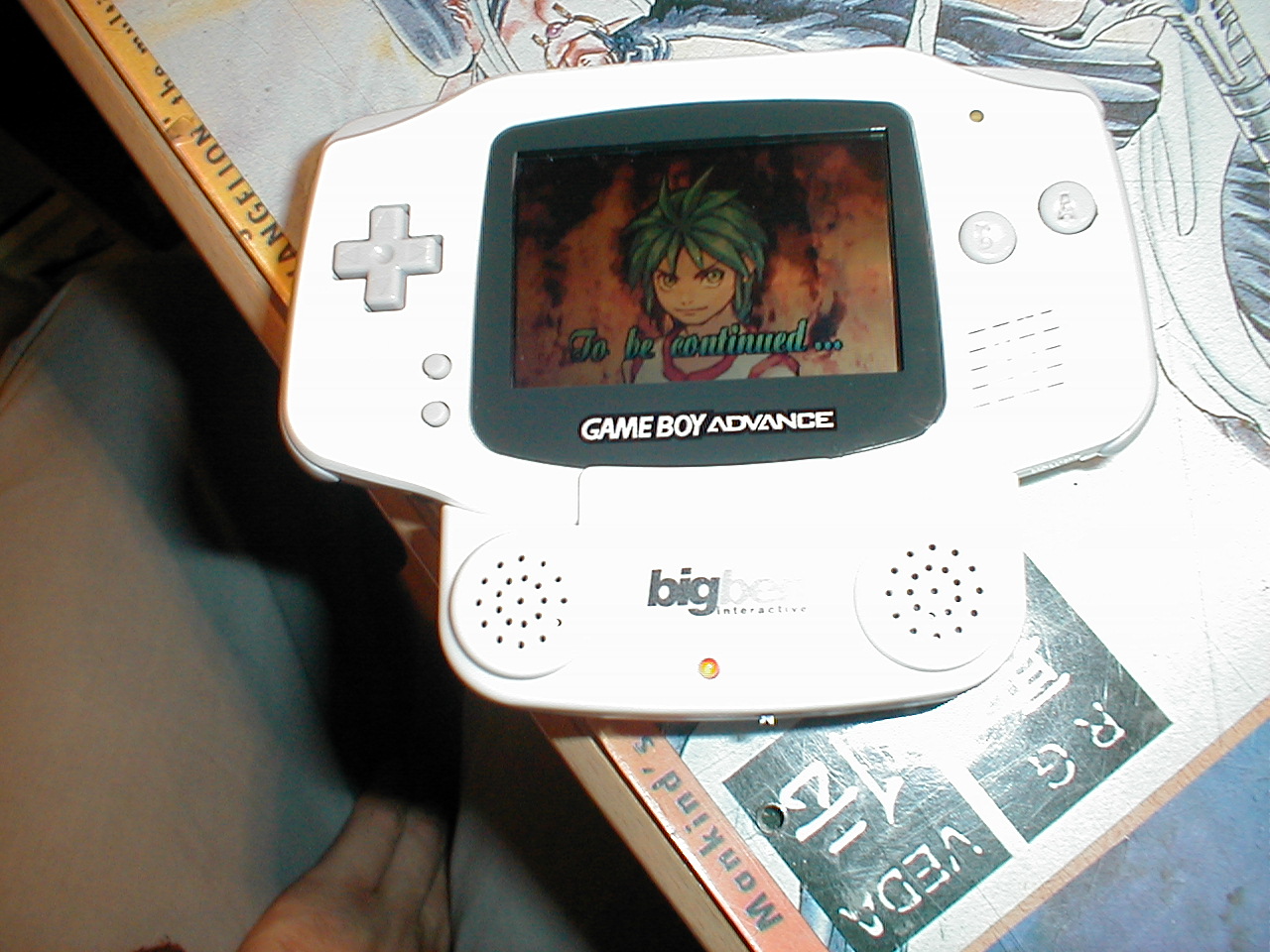Anime burst onto the scene in September of 1963, when NBC syndicated a dubbed version of the Japanese series Astro Boy. Robot anime like Gundam and Macross became instant classics in the 80s, and the robot genre of anime is still one of the most heard about in Japan and worldwide today.
In the 1980s, anime was accepted within the mainstream in Japan, and experienced a boom in production (It should be noticed that, manga has considerably more mainstream exposure than anime in Japan). The mid-to-late ’90s, on into the 2000s, saw an increased acceptance of anime in overseas markets.
There are several books available that will help in perfecting the anime drawing style. Such books come complete with information and instructions on the styles used in anime.
A common approach will be the large eyes style drawn on many anime and manga characters, credited to the influence of Osamu Tezuka, who was inspired by the exaggerated features of American cartoon characters for example Betty Boop and Mickey Mouse and from Disney’s Bambi.
Although not all anime have large eyes many western audiences associate anime with large detailed eyes as many shounen or boy comics and shoujo young girl comics depict their characters with large eyes.
Other stylistic elements are common as well; often in comedic anime, characters which are shocked or surprised will perform a “face fault”, in which they display an incredibly exaggerated expression.
 In anime the lines will often be influenced more from a stylistic look from brushwork, rather than that of the calligrapher’s pen. see this site really is best demonstrated within the anime Karekano.
In anime the lines will often be influenced more from a stylistic look from brushwork, rather than that of the calligrapher’s pen. see this site really is best demonstrated within the anime Karekano.
The anime can also be edited to alter cultural references which could not be understood by a non-Japanese person and certain companies may remove what might be perceived as objectionable content.
Anime provides a window into another culture. Anime seems to function very effectively as a cultural ambassador.

